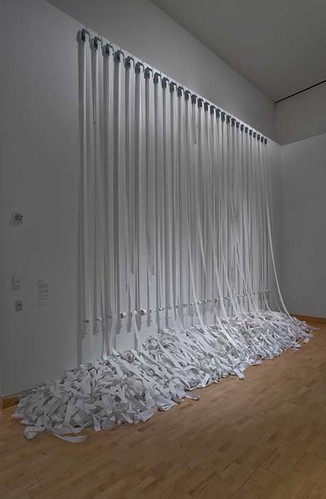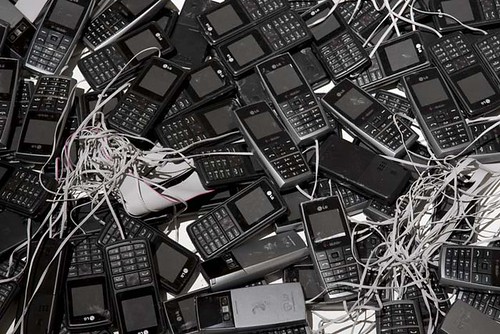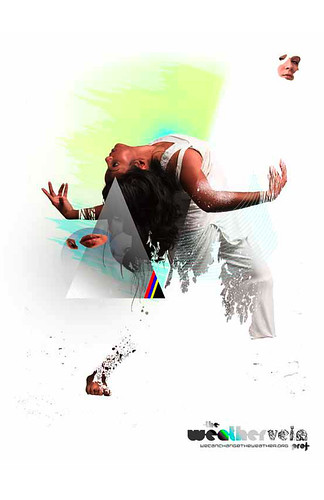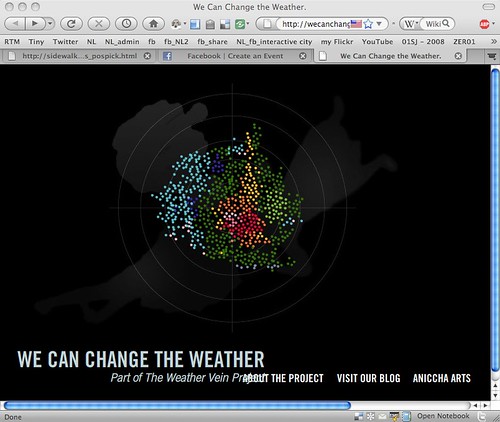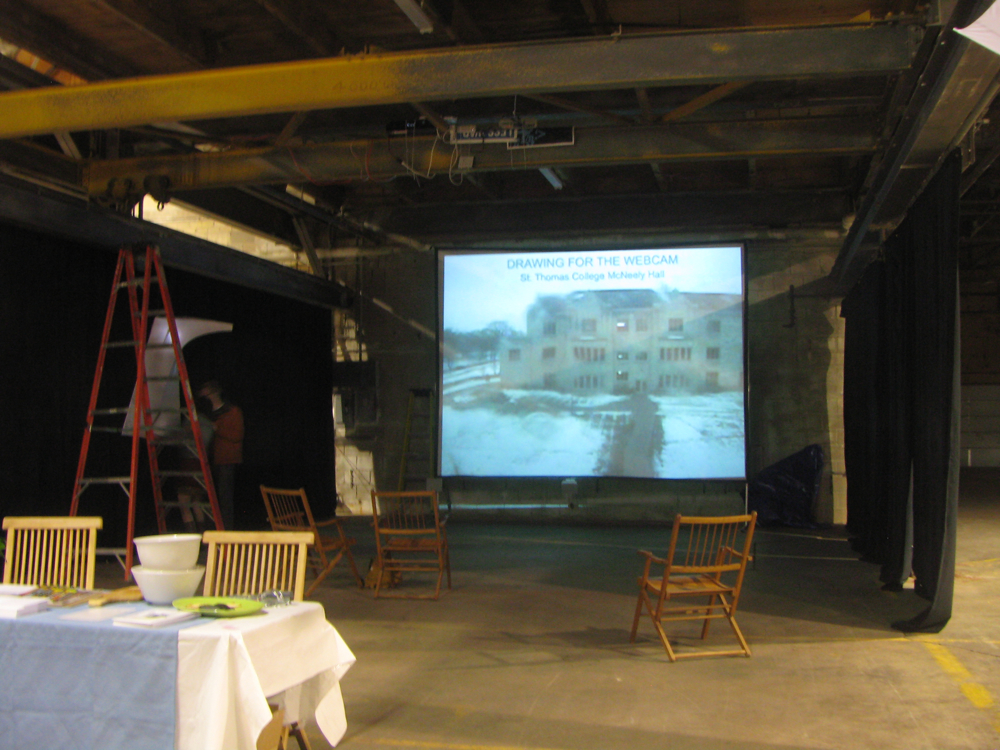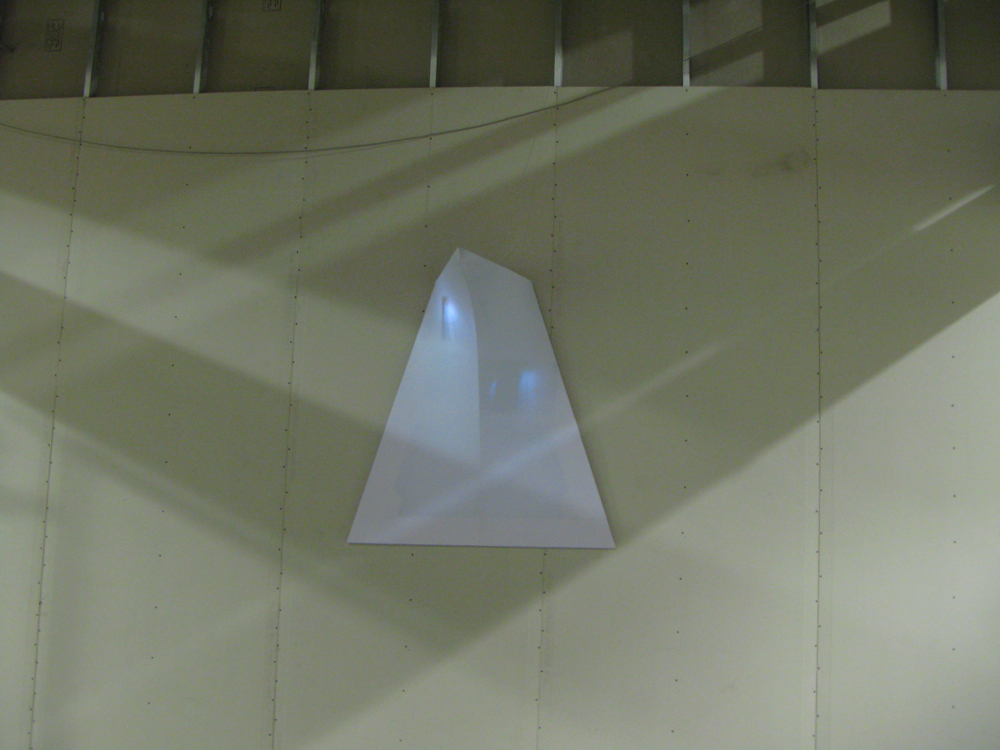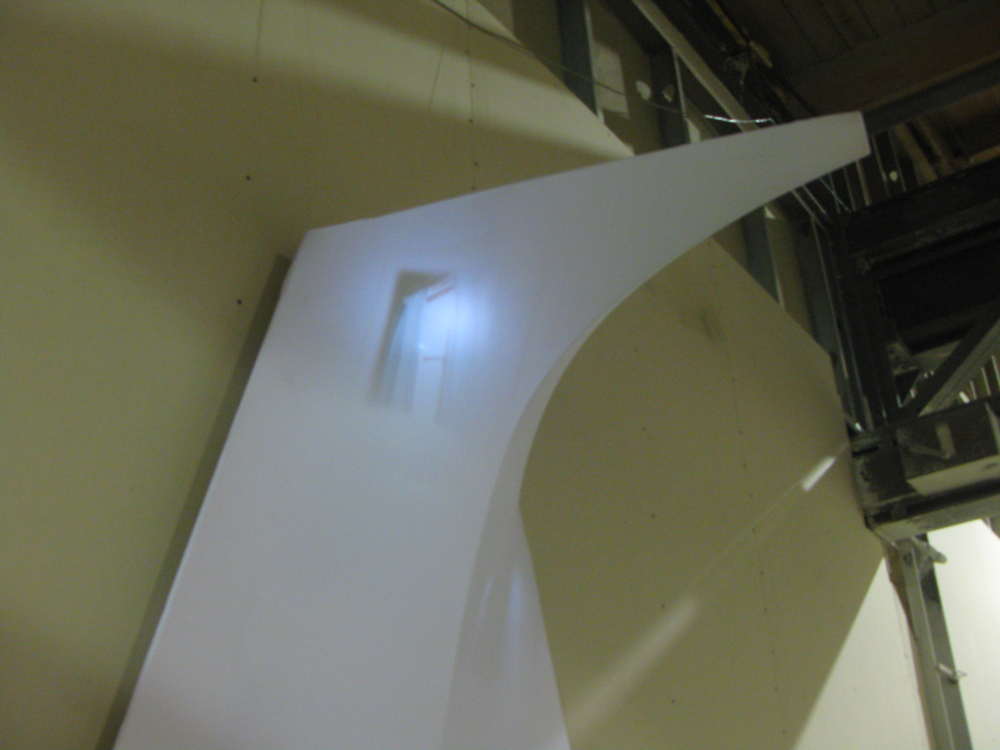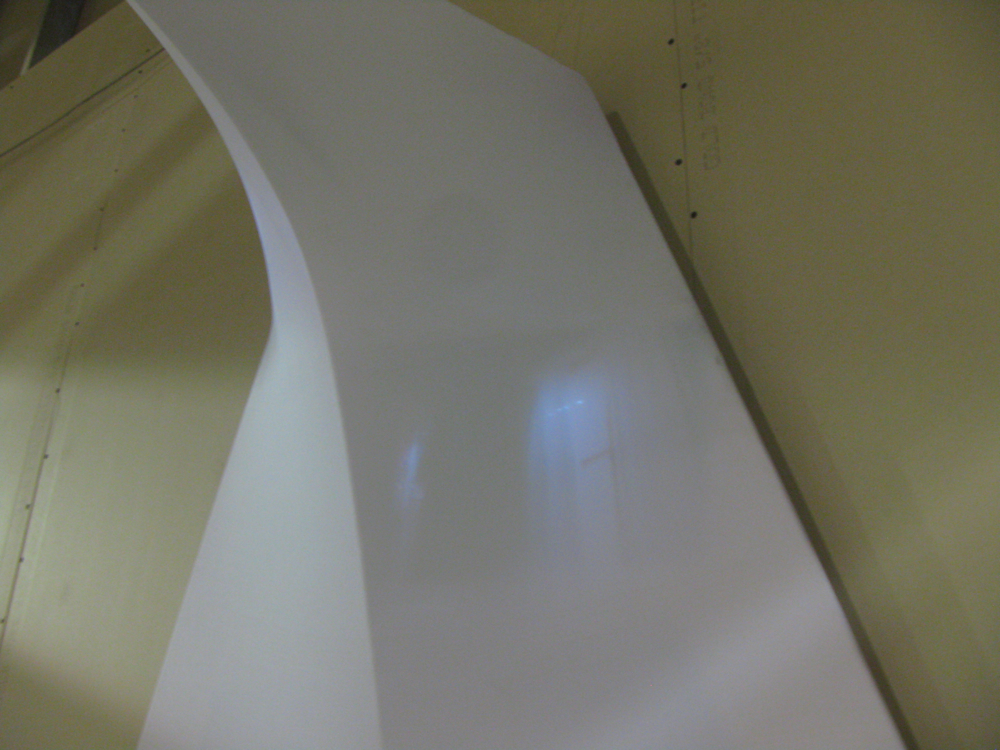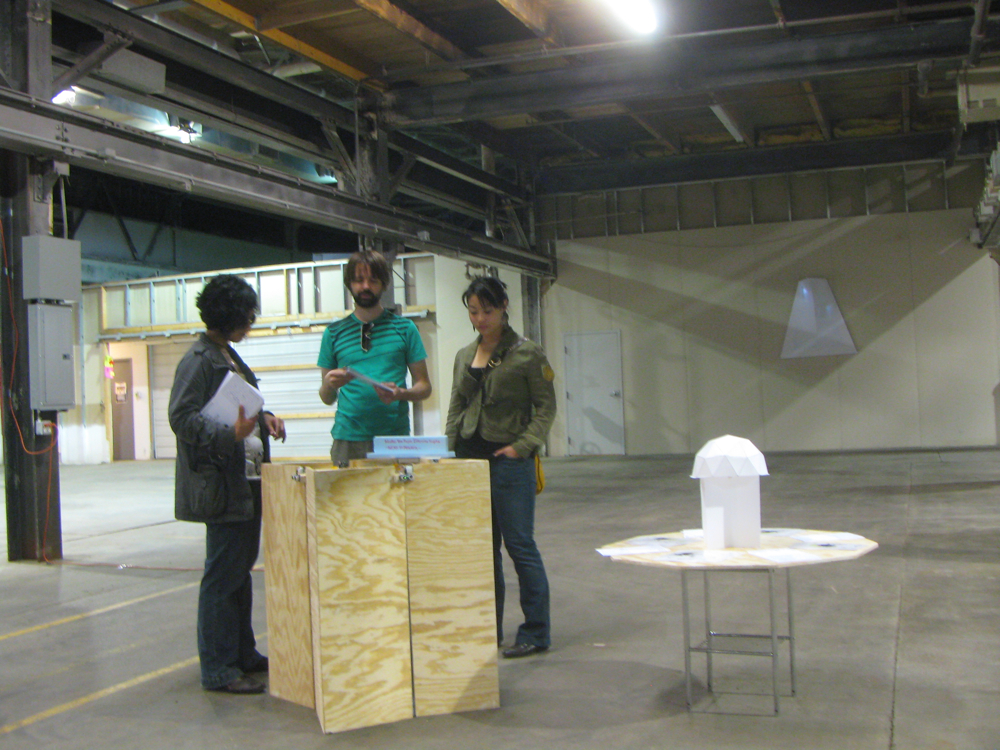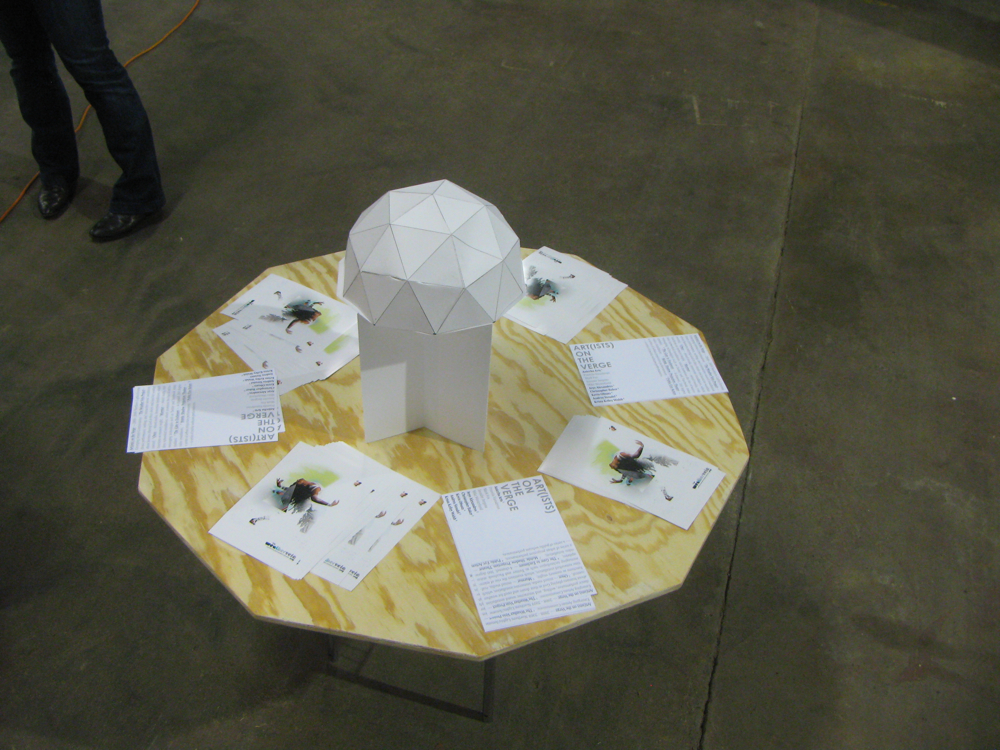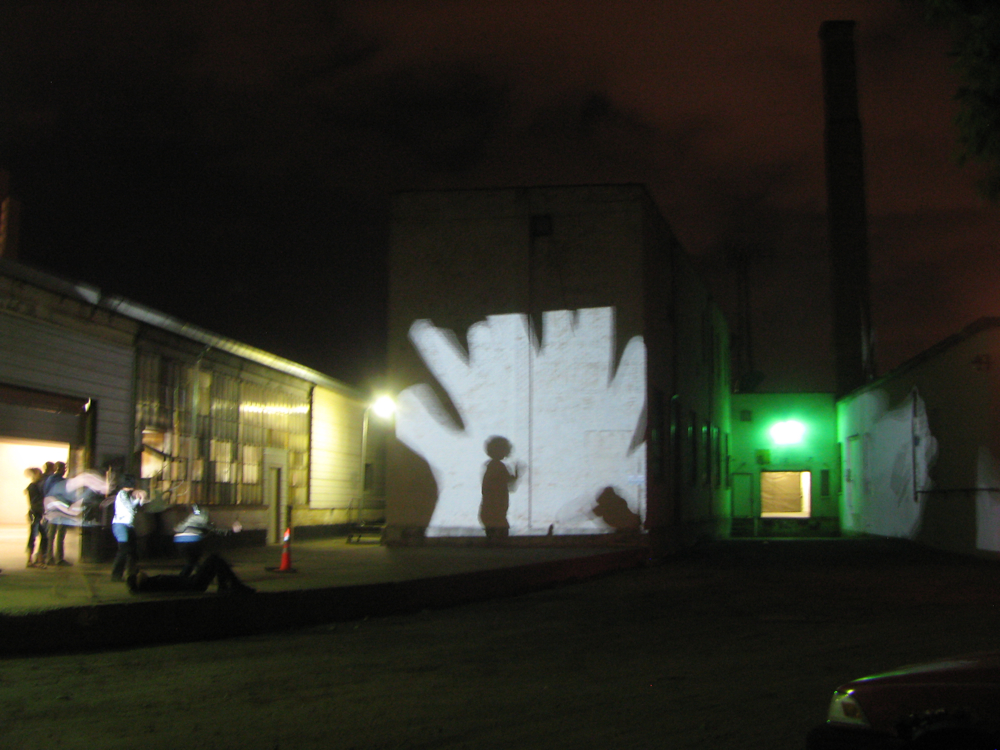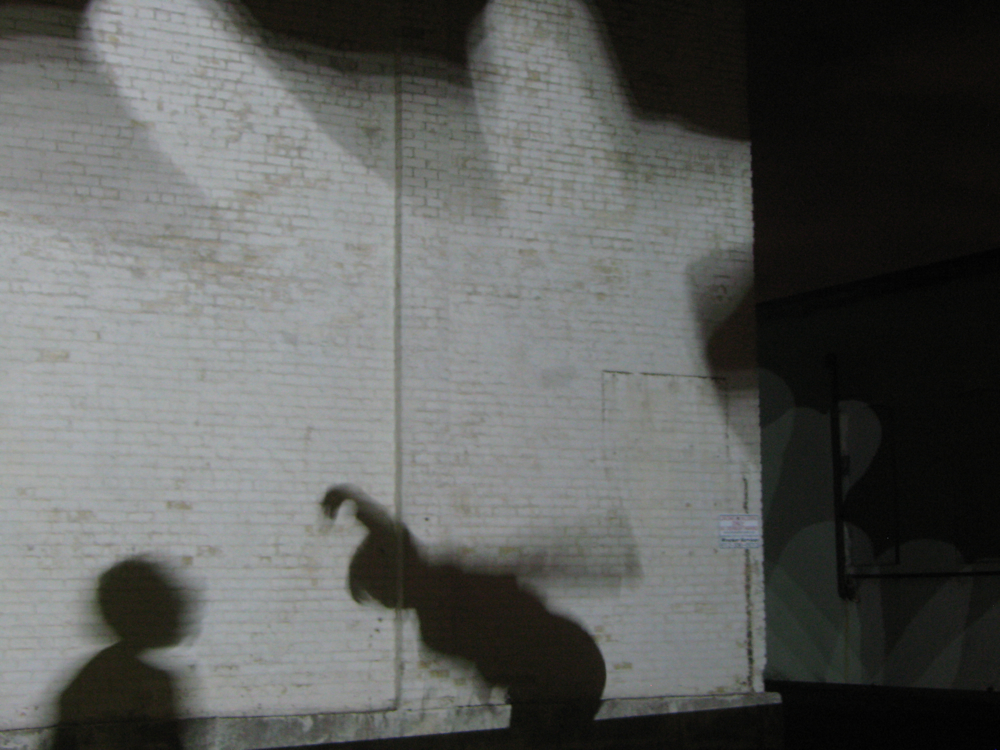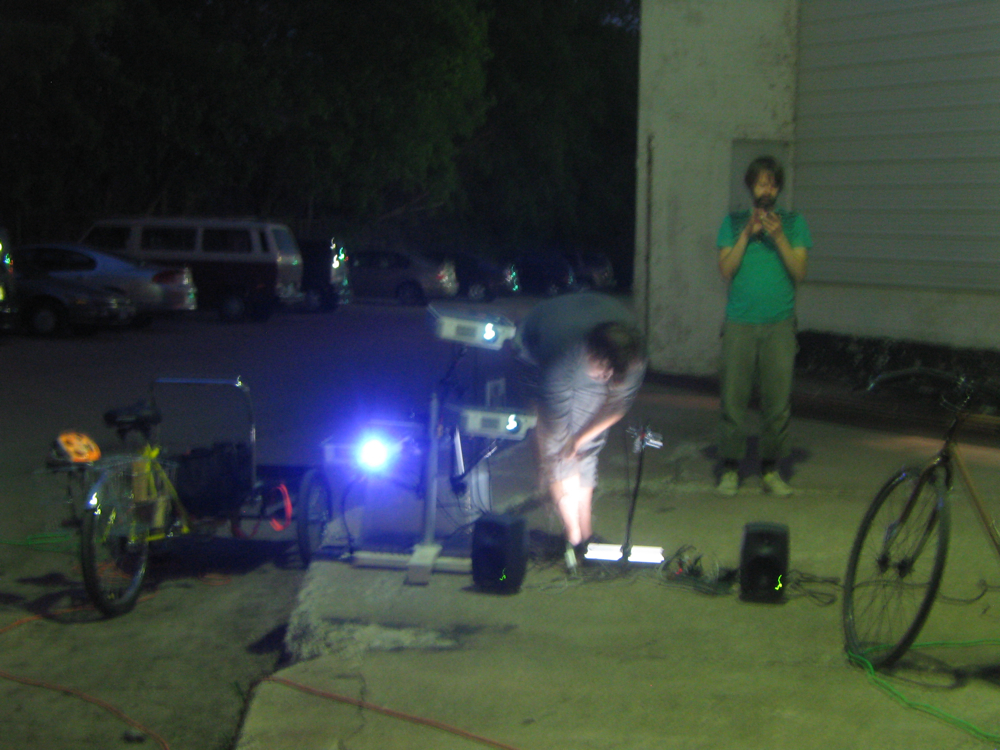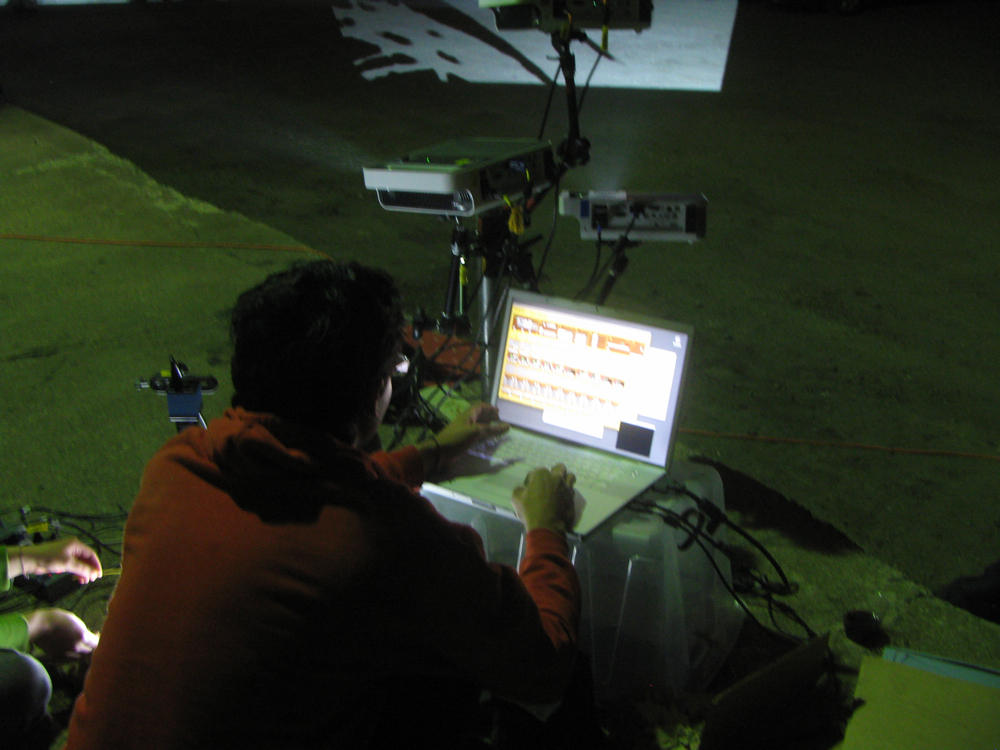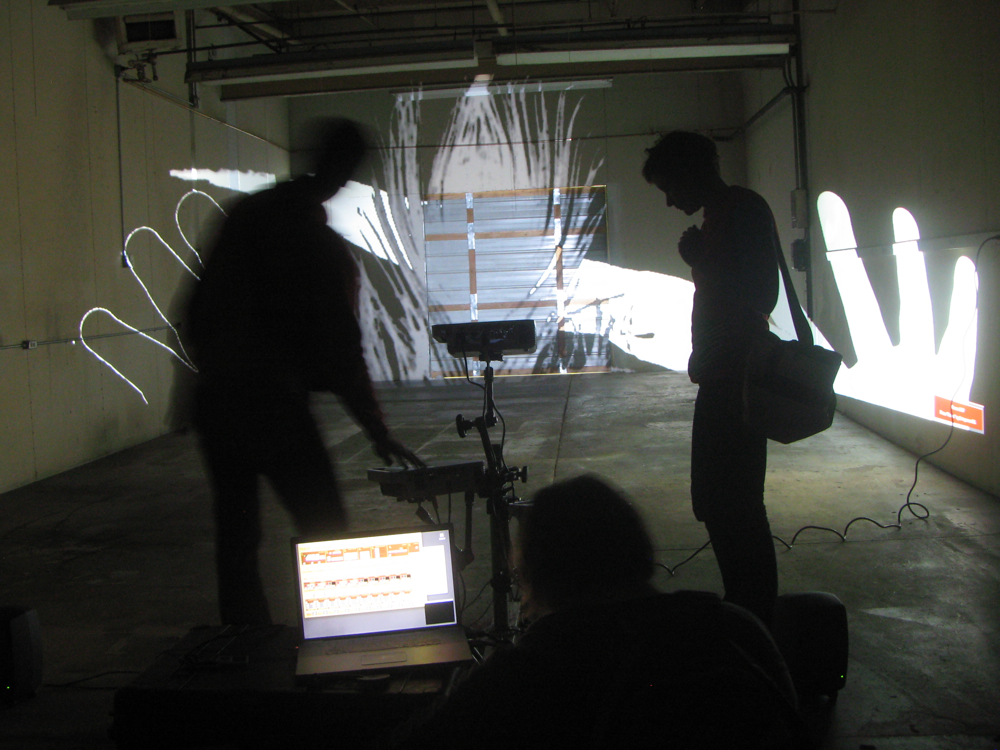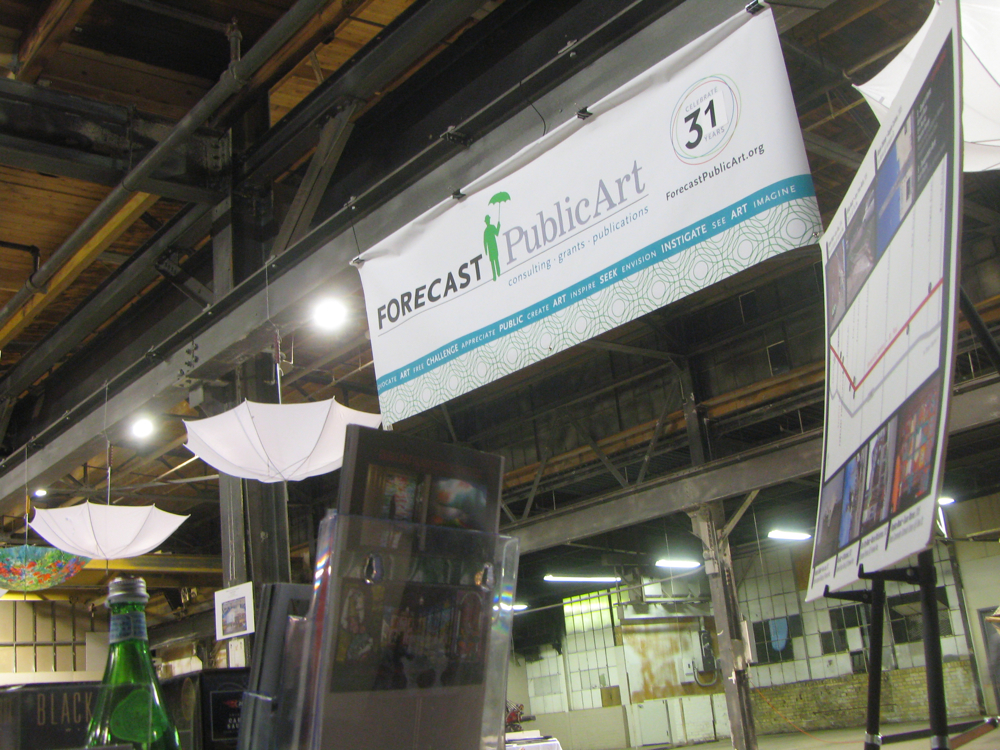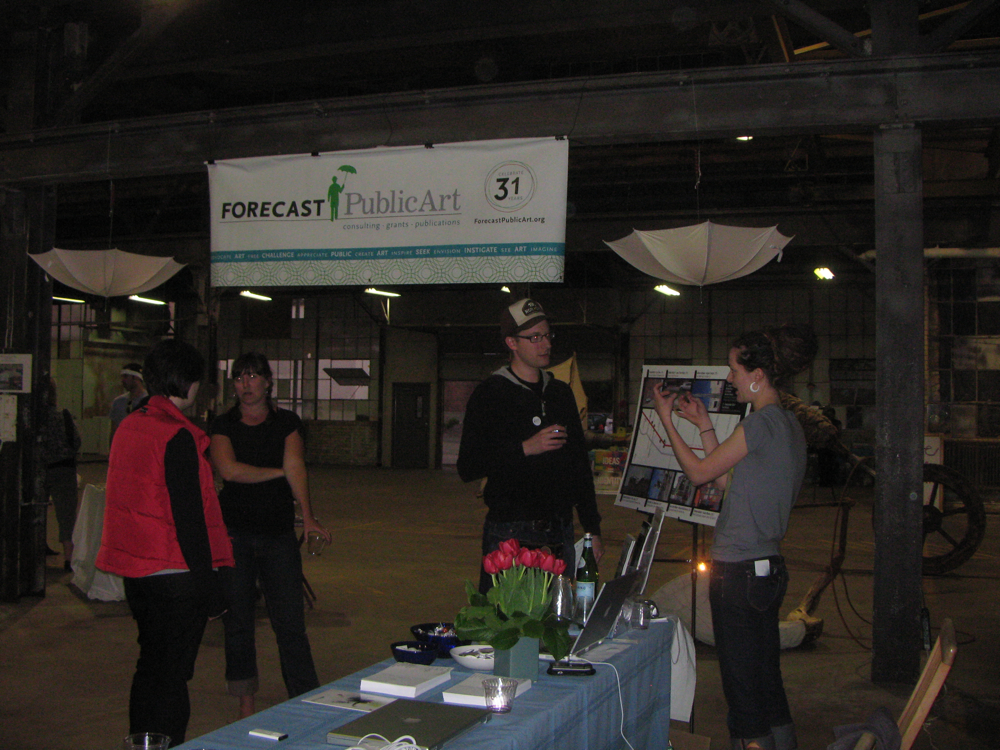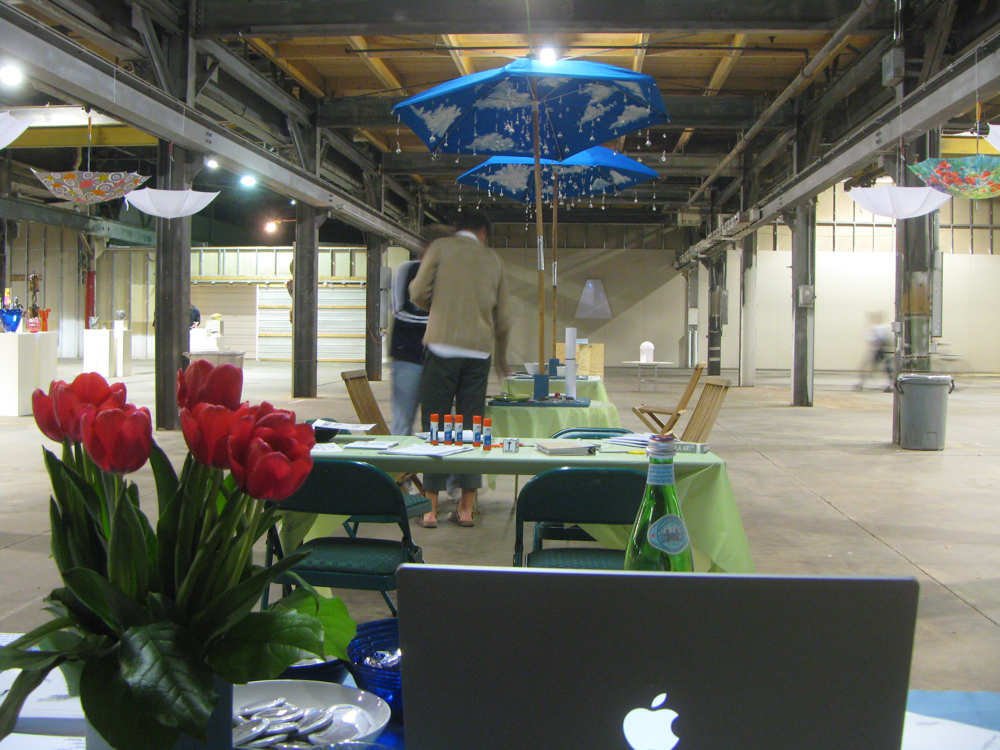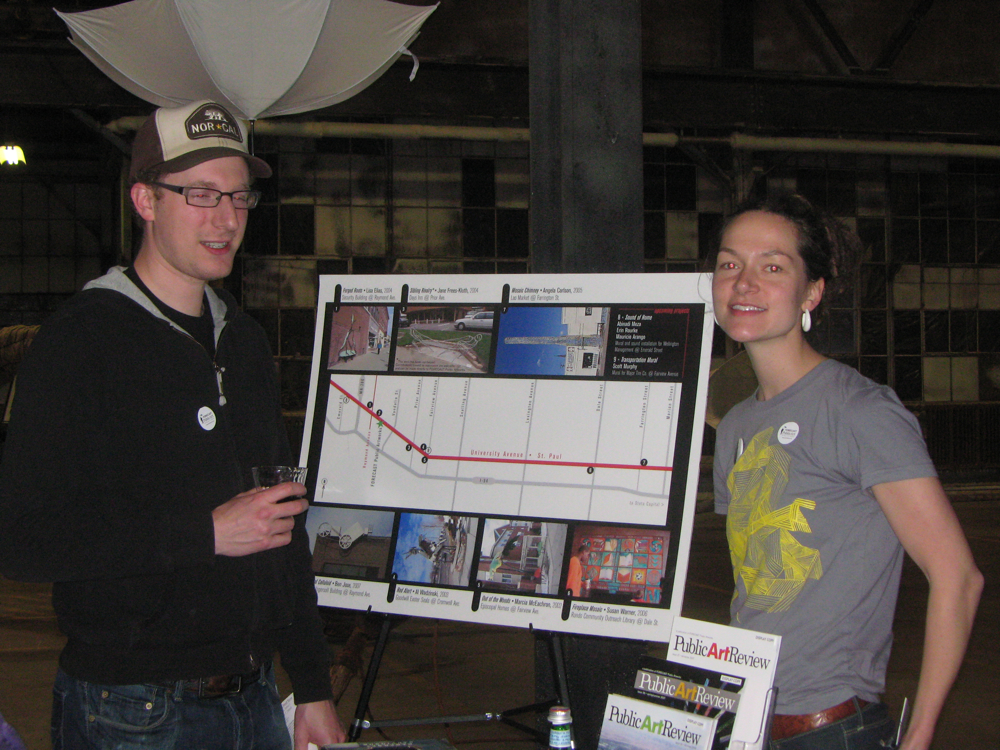Opening reception
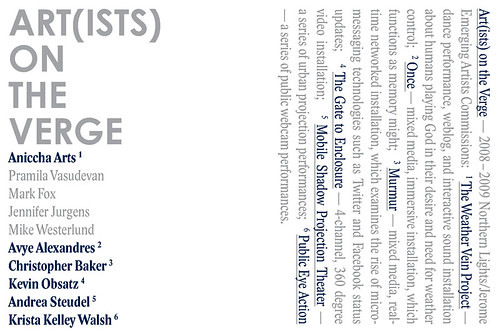
Tomorrow night, Thursday, July 9, from 8-10 pm, there will be an opening reception for Art(ists) On the Verge at the Weisman Art Museum.
http://tylerstefanich.com/clients/northernlights/programs/aov/
http://weisman.umn.edu/exhibits/AOV/home.html
http://www.new.facebook.com/pages/Northern-Lights/41442276136#/event.php?eid=203135440643&ref=mf
Opening Night Performances
8:30 pm Krista Kelley Walsh, Public Eye Action, Northrop Mall and Weisman Art Museum
9:00 pm Aniccha Arts will perform an excerpt of Cloud Turn, Weisman Art Museum
9:30 triquetera, an allegorical exercise. Andrea Steudel and David Steinman with sounds by John Keston present an original outdoor video performance on the facade of the Weisman Art Museum
Art(ists) On the Verge
Artists on the Verge 2008-2009 at the Weisman Art Museum features works or documentation of works made by the inaugural group of Art(ists) on the Verge fellows. Installations of all six commissions are included. Artists are Aniccha Arts (Pramila Vasudevan, Director), Avye Alexandres, Christopher Baker, Kevin Obstatz, Andrea Steudel, and Krista Kelley Walsh.
Art(ists) on the Verge (AOV) is a new Northern Lights fellowship program that supports Minnesota-based, emerging artists working experimentally at the intersection of art and technology, with a focus on practices that are social, virtual and/or participatory. The program is sponsored by the Jerome Foundation.
In September 2008 a jury consisting of Liz Armstrong (The Minneapolis Institute of Art), Steve Dietz (Northern Lights), Ben Heywood (Soap Factory), Ana Serrano (Canadian Film Center Media Lab), and Anu Vikram (Headlands Residency Program) selected 6 artists for AOV fellowships. This exhibition represents the culmination of the fellowship year.
Artists
Avye Alexandres
Once, 2009
interactive environment
http://tylerstefanich.com/clients/northernlights/programs/aov/alexandres/
Once is a mixed media, immersive installation designed to function as memory might. Placing the viewer on the edge of an ambiguous, changing and ephemeral space, the work raises questions about the placement, origins, and malleability of our memories. It also highlights the difficulty we have controlling our surroundings and recollections.
Aniccha Arts
Cloud Turn, 2009
DVD
http://tylerstefanich.com/clients/northernlights/programs/aov/aniccha-arts/
For the Weisman Art Museum, Pramila Vasudevan, founder and director of Annicha Arts presents documentation of the interactive dance performance Cloud Turn presented at Pillsbury House Theater in early June 2009.
Cloud Turn is a part of Aniccha Arts’s larger multi-media endeavor The Weather Vein Project. Created in a time of publicly acknowledged climate crisis, the work investigates the human desire and need for weather modification. The Weather Vein Project is based on a series of workshops with students and the general public throughout the Twin Cities as well as an online discussion site exploring the arising concern about global water scarcity.
Aniccha Arts / Mark Fox
Weather Oracle, 2009
interactive sound sculpture
This interactive sculpture is a part of Annicha Arts’s, The Weather Vein Project. Designed to be shown in the entryway to the performance of the interactive dance performance, Cloud Turn, the sculpture responds sonically to the audience.
Annicha Arts
wecanchangetheweather.org, 2009
blog
The web log accessible on this computer explores and documents our weather memories in an age of increasing warmth. Developed by Pramila Vasudevan, founder and director of Aniccha Arts, primary contributors are Shalini Gupta, Cecilia Martinez, and Mark Seeley with workshop contributors Piotr Szyhalski from Minneapolis College of Art and Design and Ian Rhodes and Martha Johnson from Highland Park Junior High School.
Christopher Baker
Murmur Study, 2009
Thermal printers, paper, Twitter
http://tylerstefanich.com/clients/northernlights/programs/aov/baker/
Murmur Study is an installation that examines the rise of micro-messaging technologies such as Twitter and Facebook’s status update, which have become a kind of digital small talk or contemporary coffee klatsch. But unlike water-cooler conversations, these fleeting thoughts are accumulated, archived and digitally indexed by corporations. While the future of these archives remains to be seen, the sheer volume of publicly accessible personal—often emotional—expression might give us pause.
This installation consists of 30 thermal printers that continuously monitor Twitter for new messages containing variations on common emotional utterances. Messages containing hundreds of variations on expressions(?) such as argh, meh, grrrr, oooo, ewww, and hmph, are printed as an endless waterfall of text accumulating in tangled piles below.
Murmur Study is an ongoing collaboration with Márton András Juhász and the Kitchen Budapest. Baker, a former research scientist, is a graduate of the University of Minnesota’s Time and Interactivity program and currently has a residency fellowship at The Kitchen in Budapest.
Christopher Baker
HPVS (Human Phantom Vibration Syndrome), 2009
cell phones
HPVS (Human Phantom Vibration Syndrome) is a kinetic sculpture that considers the subtle, often-subconscious ways that mobile communication technologies shape our senses. The title references the recently discovered Human Phantom Vibration Syndrome—a syndrome wherein mobile phone users become hyper-attentive to their mobile devices, often experiencing phantom ringing sensations even in the absence of incoming calls or messages. This work carefully orchestrates the vibrations of over 500 mobile phones to produce a familiar yet quietly disturbing cacophony.
Kevin Obsatz
The Gate to the Enclosure, 2009
four-screen video installation
http://tylerstefanich.com/clients/northernlights/programs/aov/obsatz/
The Gate to the Enclosure is a four-screen video installation that challenges the practice of restricting televisual communication to “keyhole” or “vignette” dynamics, in which the author of the work is both safely hidden behind his/her framing choices, and in complete, unilateral control of the experience of the viewer. For this installation, the artist built a four-camera video apparatus that captures a 360-degree field of vision. He then experimented with it in various environments, both as a static observer and as a form that can be manipulated in three-dimensional space.
In The Gate to the Enclosure the dynamics of the relationship between cameraperson, apparatus and filmed “subject” are very different than those at play in the traditional act of filming with a single camera. The keyhole effect is shattered as notions of inside and outside the field of view are blurred. As a result, the viewers become observer and observed, subject and object, positioned on the same side of the lens, a part of the same landscape.
Andrea Steudel
Mobile Shadow Projection Theater, 2009
DVD
http://tylerstefanich.com/clients/northernlights/programs/aov/steudel/
Andrea Steudel, collaborating with different artists, such as Angela Olson of the Open Eye Figure Theater, Jetpack Puppeteer Karen Haselman and for a performance at the Weisman, David Steinman with John Keston, created a portable projection system tailored for shadow puppetry. She then deployed it ubiquitously in the public sphere in performances of varying formality. This looping DVD shows video documentation of her urban performances over the course of the fellowship.
Krista Kelley Walsh
Public Eye Action, 2009
computer, graphite on paper
http://tylerstefanich.com/clients/northernlights/programs/aov/walsh/
Public Eye Action is a series of site-specific visual events created for public webcams. The events initiated by the artist and undertaken before the cameras humorously hijack these “eyes in the sky†to expose their persistent presence in our daily lives. For the Weisman installation Kelley Walsh has installed a computer monitor linked to a webcam positioned on the University’s Northrop Mall and will work with the community to stage actions there. In addition, Kelley Walsh has installed 5 drawings she created from selected images captured from web cameras.
